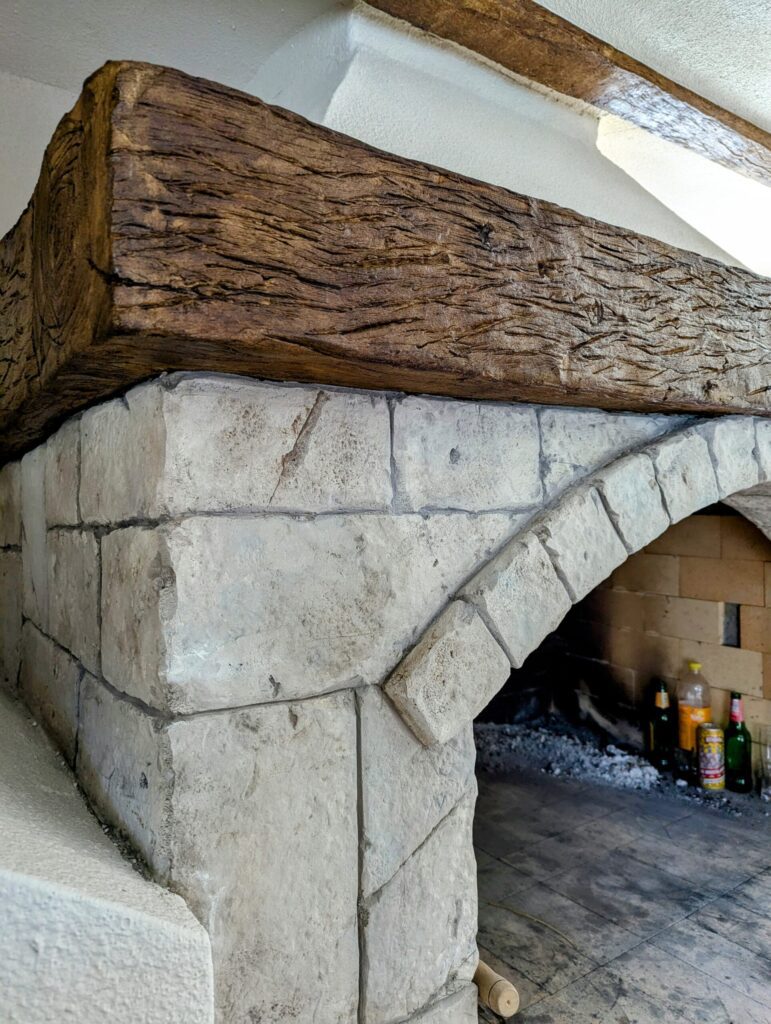
Imitation of natural materials
Natural materials, such as stone, rock, and wood, have always played a key role in construction and interior design. Their aesthetics, durability, and connection to nature make them an indispensable part of architecture and interior design. However, with the advancement of technology and the desire for lighter, faster, and more affordable solutions, architects and designers are increasingly using artificial versions of these materials – most often made of plaster. This blog post explores how plaster is used to imitate natural materials and how the combination of aesthetics and practicality is changing the way we think about construction and design.
Plaster, or gypsum, has been used in construction for centuries, and today it is finding its place as a material for creating realistic imitations of natural elements such as stone, rock and wood. Thanks to modern techniques and advanced technology, these artificial materials can look almost identical to natural ones, with a number of advantages that include lighter weight, easier installation and flexibility in design.
MixForm – an innovative solution for imitations of natural materials
For high-quality imitations of natural materials, ours MixForm materials provide superior performance and easy application. Whether it's facades, interior walls or garden elements, MixForm materials enable the creation of durable, resistant and aesthetically attractive surfaces. Learn more about our products and application possibilities at Theming MixForm
Imitation of stone and rocks made of plaster
Imitation stone and rock plaster has become a popular choice for exterior and interior decoration of walls, facades, and even garden areas. Here are some key advantages of this approach:
- Aesthetic value: Imitation stone and plaster rock can closely mimic the appearance of natural rock, including all its irregularities, textures, and color variations. This allows for a rustic, natural look in spaces where using real stone would be too expensive or technically challenging.
- Lightweight and easy to set up: Natural stone is very heavy and requires a solid structure for installation, while plaster is significantly lighter. This simplifies the installation process and reduces transportation and material costs.
- Adaptability: Plaster can be worked in a variety of shapes and sizes, allowing for the creation of custom patterns and styles, whether you want the classic look of old stone walls or a more modern, abstract form.
- Economy: Plaster is often more affordable than natural stone, making it a great solution for projects with a limited budget. In addition, maintenance costs are lower, as artificial stone does not require regular impregnation or special protection from weather conditions.
Imitation wood plaster
Wood is a favorite material in architecture for its warmth, texture, and natural appearance. However, it requires regular maintenance and can be susceptible to moisture, insects, and other external factors. For this reason, plaster is increasingly being used to create surfaces that mimic wood while offering more practical characteristics.
- Authentic look: Techniques for making plaster imitations of wood have become so advanced that at first glance it is difficult to distinguish a real wooden surface from one made of plaster. The grain textures, irregularities and colours that characterize wood can be faithfully transferred to plaster surfaces.
- Resistance and durability: Unlike real wood, plaster imitations are not susceptible to moisture, insects or mold. These surfaces are durable and wear-resistant, making them ideal for outdoor applications and areas with high levels of moisture, such as bathrooms or kitchens.
- Maintenance: Plaster wood imitations do not require any special maintenance. There is no need for varnishing, pest protection or surface renovation, which further reduces costs in the long run.
- Design adaptability: Since plaster can be shaped according to your wishes, architects and designers have greater freedom in creating unique and customized solutions, which would be technically impossible or too expensive with real wood.
Application in contemporary architecture
Natural materials, whether authentic or imitation, play a key role in contemporary design. Their integration into urban or rural spaces creates a sense of connection with nature, while providing practicality and durability. Imitations of stone, rock and wood made of plaster are an increasingly popular choice in modern architecture and interior design.
Applications:
-
Exterior facades
Artificial stone and plastered rocks are increasingly being used for the facades of residential buildings, hotels and commercial buildings. These surfaces provide an impressive aesthetic impression, minimal maintenance costs and high resistance to external influences. The imitation of natural materials not only protects the building but also contributes to its visual identity. -
Interiors
Walls that imitate wood or stone fit perfectly into rustic, industrial or modern interiors. These materials create a feeling of warmth and connection with nature, while being easy to maintain. Imitation wood and stone provide an elegant and sophisticated look without the need for complex procedures and high costs. -
Garden elements
Imitation rocks and plaster stones are often used outdoors to create artificial rocks in gardens, around swimming pools or in parks. These lightweight and flexible structures are easier to install and adjust than natural rocks, making them a practical and economical solution for landscape projects.
Conclusion
Using plaster to imitate natural materials, such as stone, rock, and wood, is an increasingly popular trend in architecture and interior design. This method offers a number of advantages, from aesthetic appeal to functionality and cost-effectiveness. Advanced technology and innovative techniques allow artificial materials to mimic natural surfaces, while providing durability and ease of maintenance.
Regardless of whether it is facades, interior walls or exterior constructions, plaster that imitates natural materials opens up unlimited possibilities for design projects. This combination of aesthetics and practicality is ideal for architects and designers who want to create innovative and lasting spaces with a sense of connection with nature.

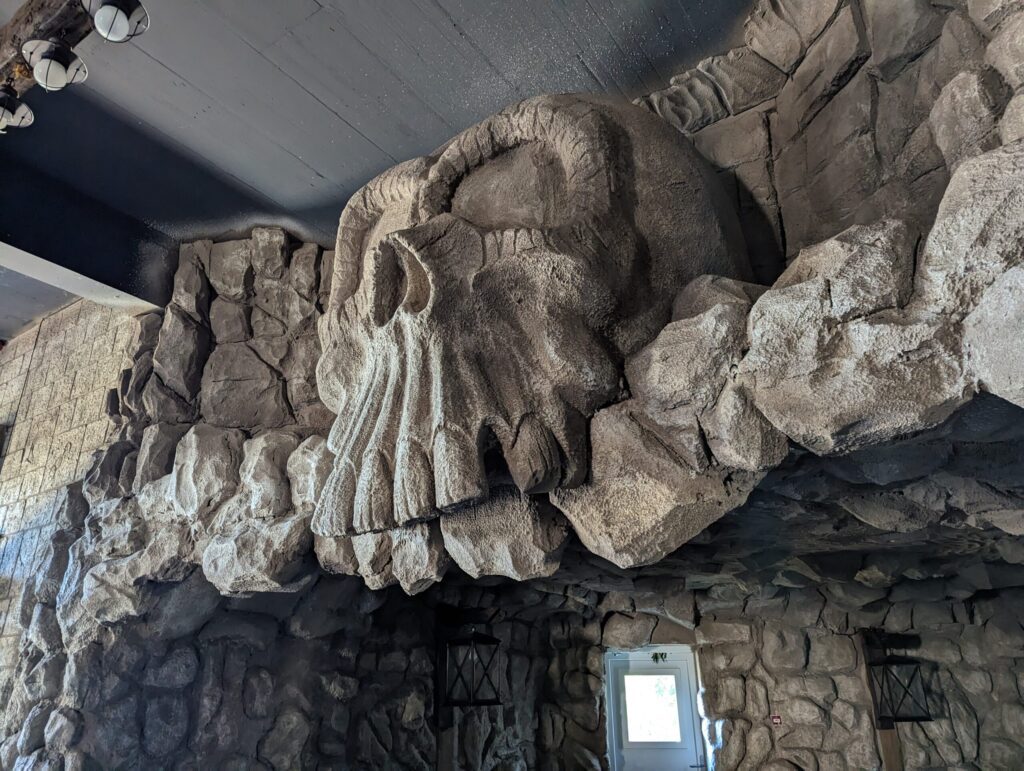
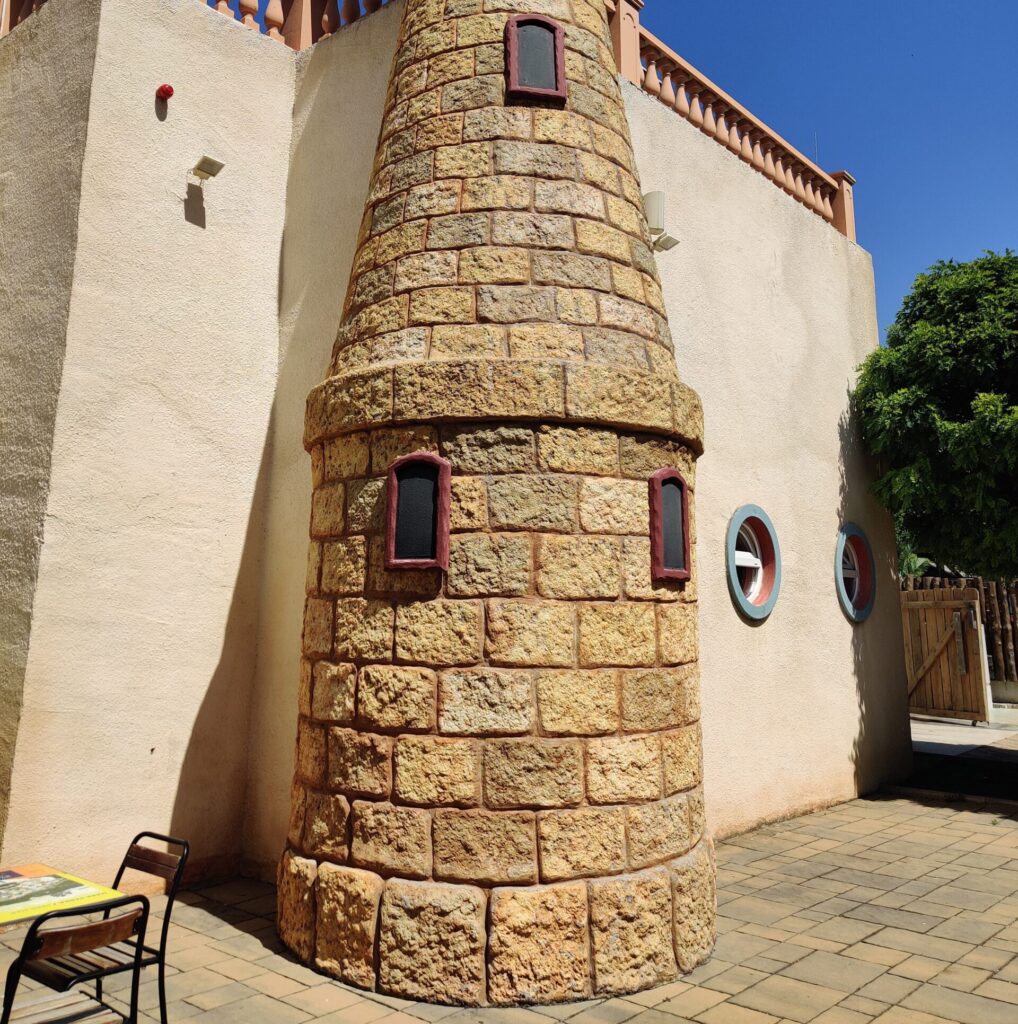
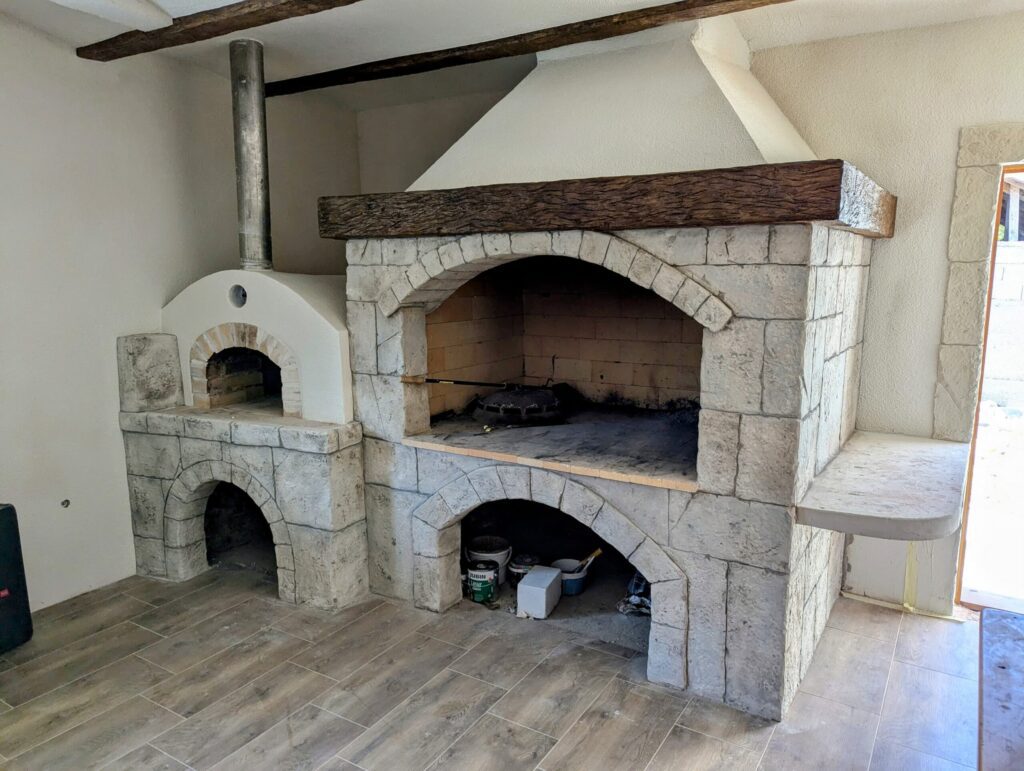
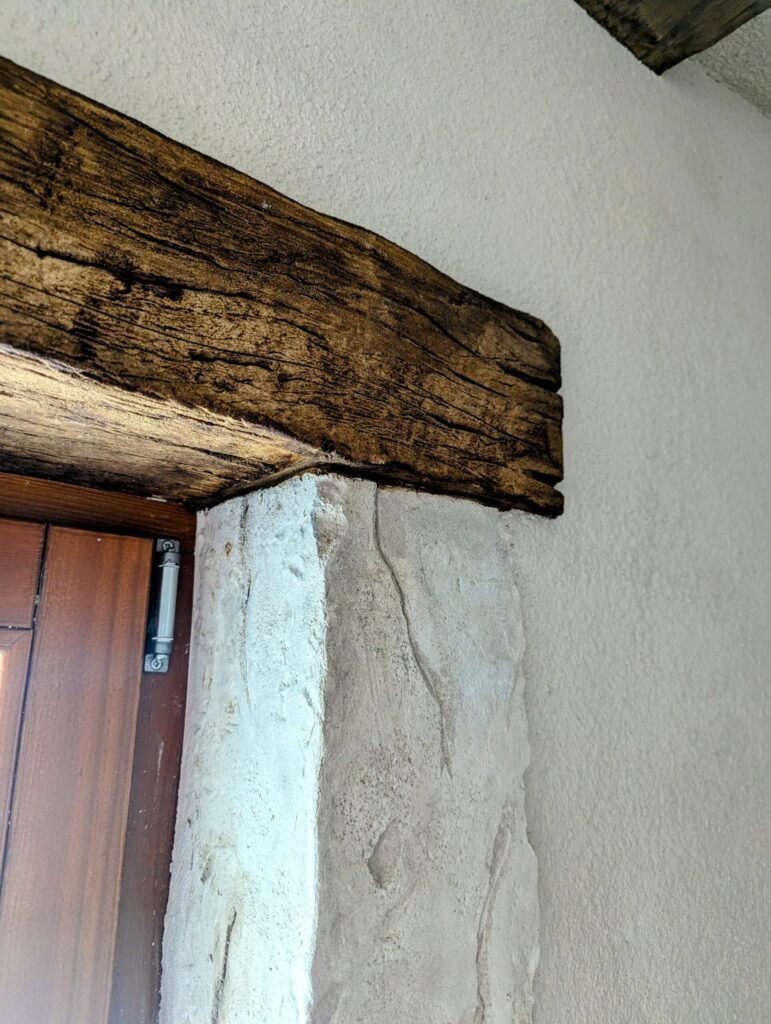

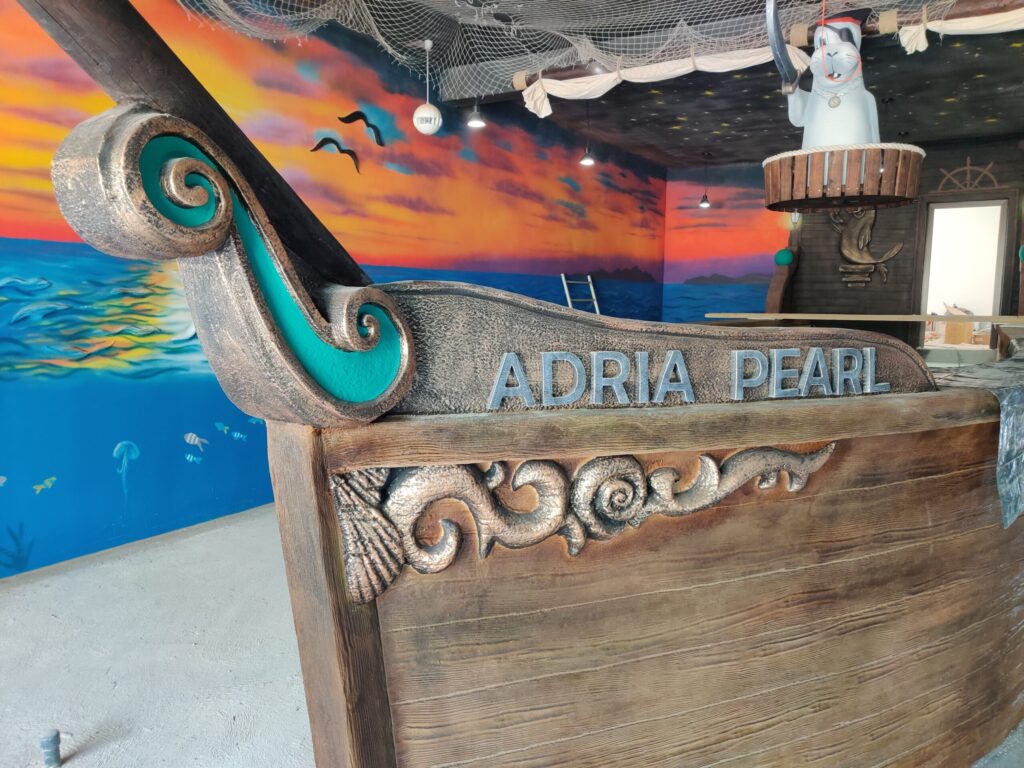
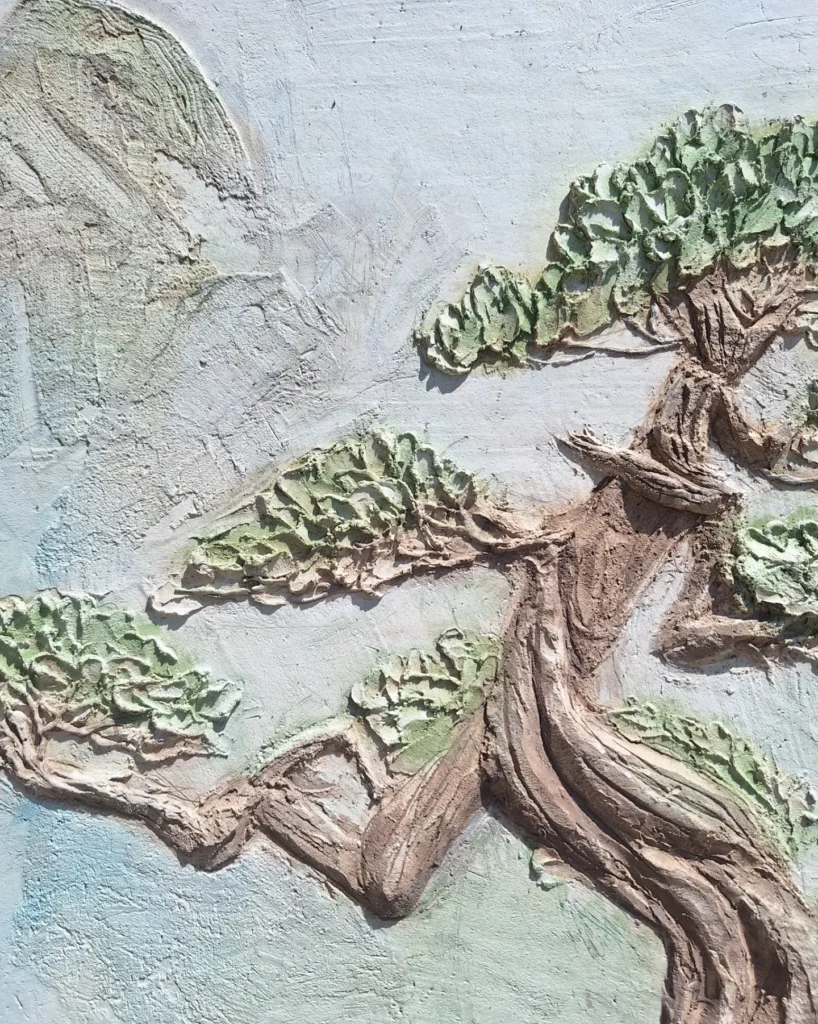
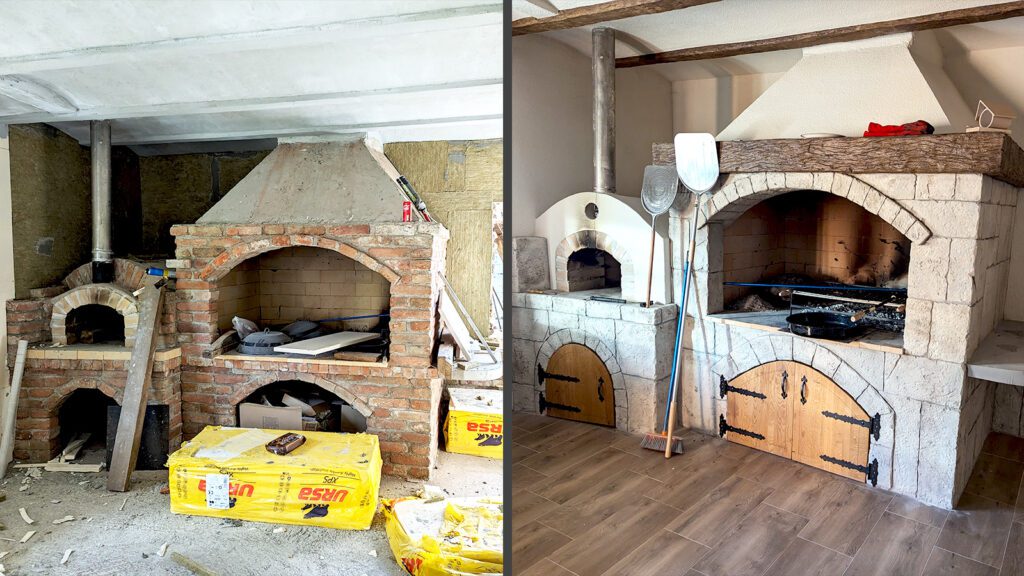
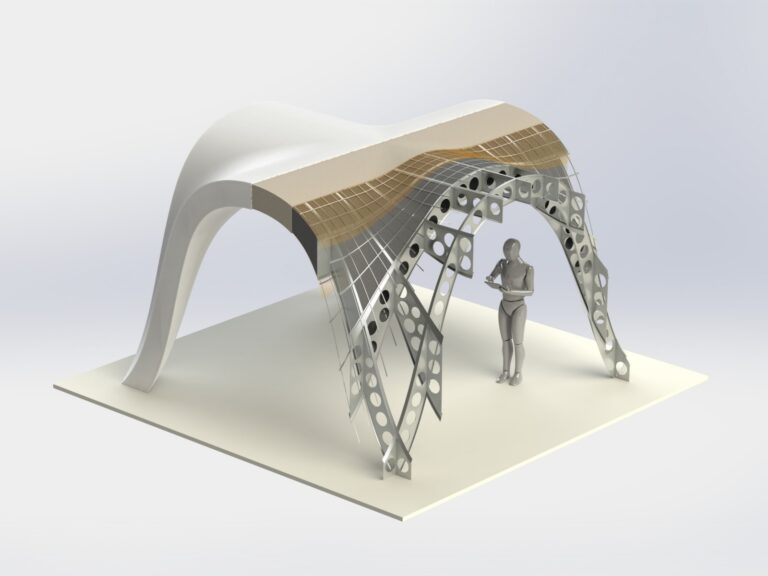
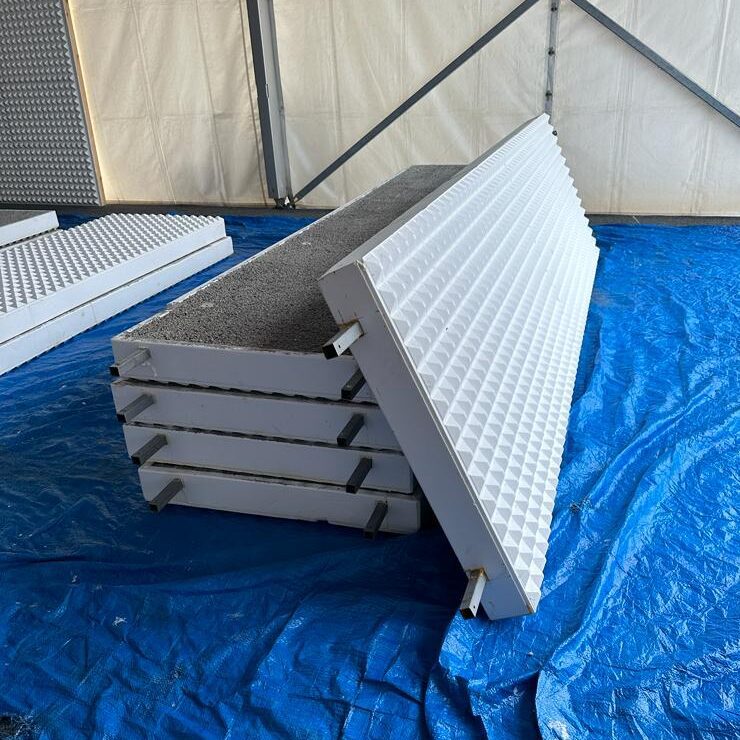

Responses